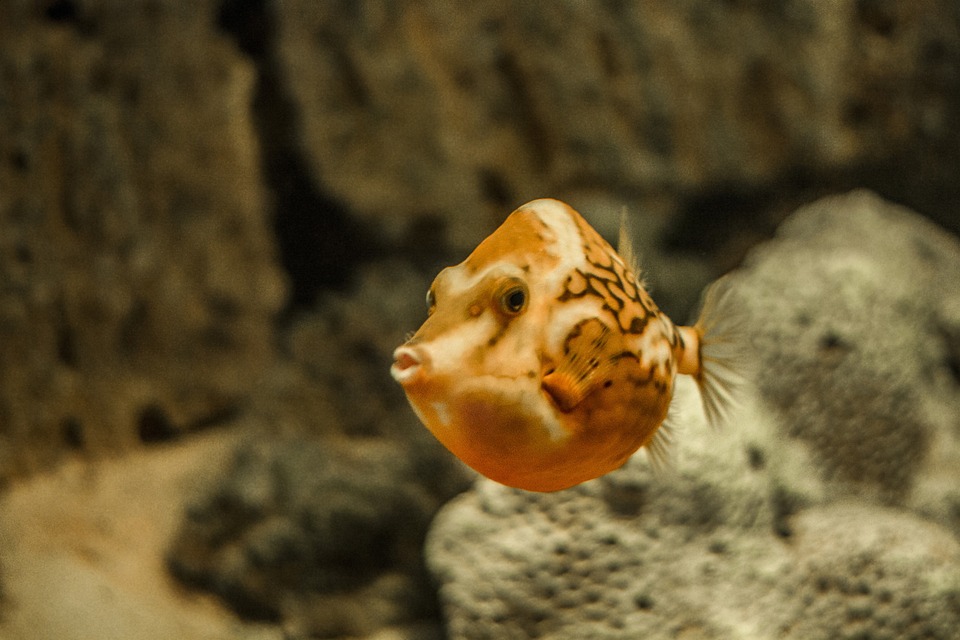Fish behavior is a fascinating aspect of aquatic life that can have a significant impact on the overall well-being and health of fish in an aquarium. Monitoring and responding to changes in fish response to tank fish visual signals is crucial for maintaining a harmonious and stress-free environment for your aquatic pets. In this article, we will explore the basics of fish behavior, how to monitor it, and effective ways to respond to any observed changes.
Fish primarily rely on visual signals to communicate and interact with their surroundings, including tank mates and their human caretakers. These visual signals can range from subtle body movements and color changes to more pronounced displays, such as fin flaring or aggressive posturing. Understanding these visual signals is essential for interpreting fish behavior accurately.
Monitoring fish behavior is a key aspect of maintaining a healthy aquarium environment. By regularly observing your fish, you can identify any changes in their response to visual signals, which may indicate underlying issues. Here are some key indicators to monitor:
1. Appetite and Feeding Patterns: A sudden loss of appetite or changes in feeding patterns can indicate stress, illness, or aggression from tank mates.
2. Color Changes: Fish often change color to communicate their mood or assert dominance. Abrupt and persistent color changes may signify distress or aggression.
3. Swimming Patterns: Unusual swimming patterns, such as excessive hiding or erratic behavior, can be signs of stress, disease, or inadequate tank conditions.
4. Aggression and Dominance: Aggressive behavior, like constant chasing, fin nipping, or aggressive posturing, can disrupt the tank’s balance and harm other fish.
Once you’ve identified changes in your fish’s response to visual signals, it’s important to respond promptly to ensure their well-being. Here are some effective methods to address these changes:
1. Check Water Parameters: Poor water quality can significantly impact fish behavior. Regularly test and maintain appropriate water parameters, including temperature, pH levels, ammonia, nitrite, and nitrate levels.
2. Evaluate Tank Mates: If aggression is observed, assess the compatibility of tank mates and consider separating aggressive fish to prevent injuries.
3. Provide Hiding Places: Creating ample hiding spots with plants, caves, or decorations can help reduce stress and provide a sense of security for fish.
4. Maintain a Consistent Routine: Fish thrive in a predictable environment. Stick to a consistent feeding schedule, lighting routine, and maintain regular maintenance practices to minimize stress.
5. Seek Veterinary Assistance: If you notice persistent changes in fish behavior despite your efforts, consult a veterinarian specializing in aquatic animals. They can diagnose and treat any underlying health issues.
Here are some frequently asked questions about monitoring and responding to changes in fish behavior:
1. How long should I monitor fish behavior to detect changes?
It’s advisable to observe fish behavior daily for at least a few minutes to familiarize yourself with their normal routines. Any sudden or prolonged changes should be addressed promptly.
2. What are common signs of stress in fish behavior?
Common signs of stress include loss of appetite, excessive hiding, rapid breathing, color changes, clamped fins, and increased aggression.
3. Can changes in fish behavior be seasonal or temporary?
Yes, some changes in fish behavior can be seasonal or temporary, especially during breeding or environmental changes. However, it’s crucial to differentiate between temporary changes and persistent abnormal behavior.
4. Should I quarantine new fish before introducing them to the main tank?
Quarantining new fish is highly recommended to prevent the spread of diseases and ensure their compatibility with existing tank mates. Observe their behavior and health closely during the quarantine period.
By monitoring fish behavior and responding promptly to changes in their response to visual signals, you can help create a harmonious and thriving aquarium environment. Remember, proactive care and attention are key to ensuring the well-being of your aquatic companions.









